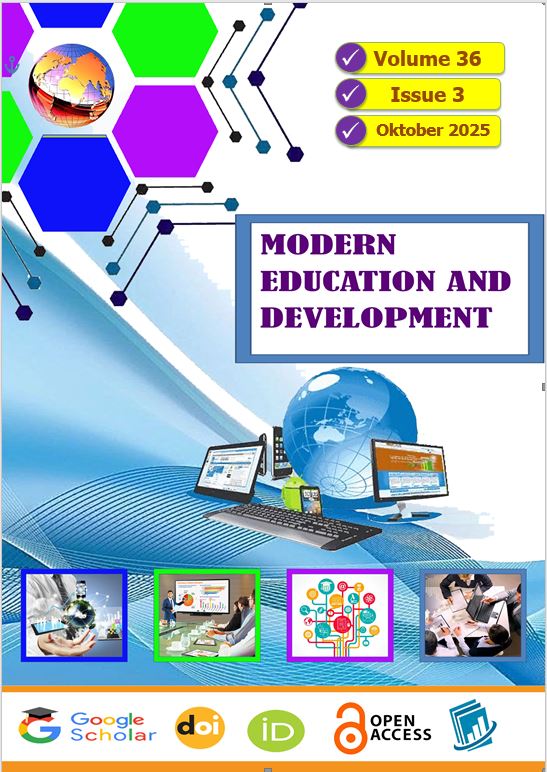THE DIGITAL TURN IN CULTURAL HERITAGE EDUCATION: TEACHING TIMURID ARCHITECTURE THROUGH ENGLISH METHODOLOGIES
Keywords:
Timurid architecture, English historians, cultural heritage, digital humanities, historiography, architectural education, digital preservation, virtual learning, 3D reconstruction, Central Asian history.Abstract
This paper examines how prominent English historians, including David Talbot Rice and Lisa Golombek, have approached the study of Timurid architecture, emphasizing their analytical frameworks, visual documentation methods, and narrative interpretations. It further explores how these historiographical methodologies can be adapted to digital platforms to enrich the teaching and understanding of Central Asian architectural heritage in higher education. By bridging traditional Western perspectives with contemporary digital tools—such as virtual museum exhibitions, 3D architectural reconstructions, and interactive timelines—the study proposes innovative strategies for presenting the Timurid legacy to modern learners. It argues that integrating these approaches within digital humanities initiatives promotes both cultural preservation and international scholarly engagement. Ultimately, the paper contributes to ongoing discussions on the digital transformation of the humanities and social sciences, offering a model for incorporating historical scholarship into virtual learning environments while highlighting the artistic and architectural achievements of the Timurid era.

